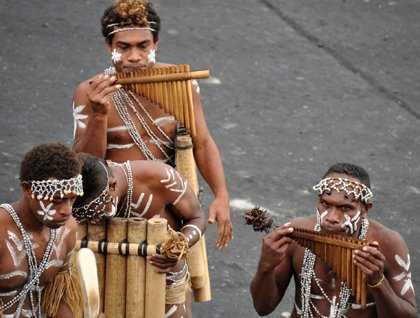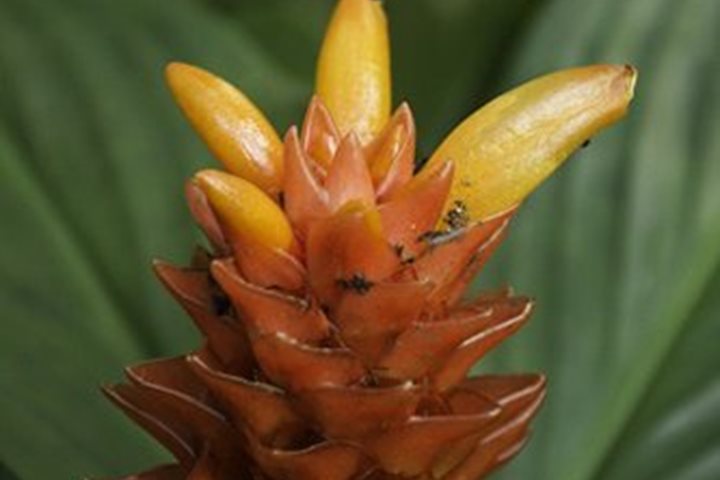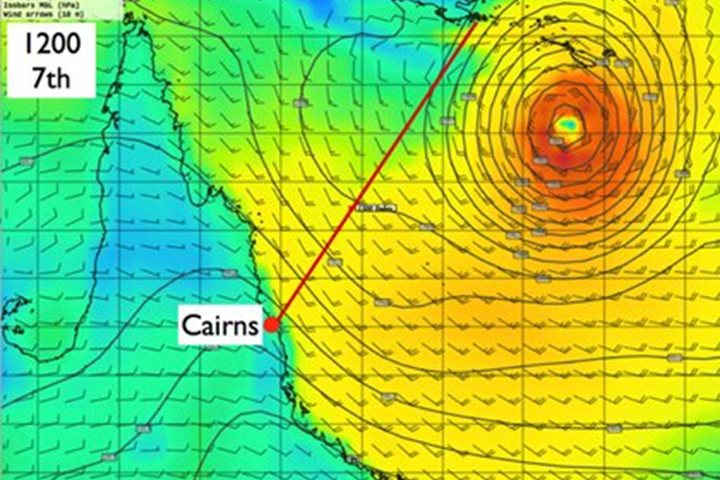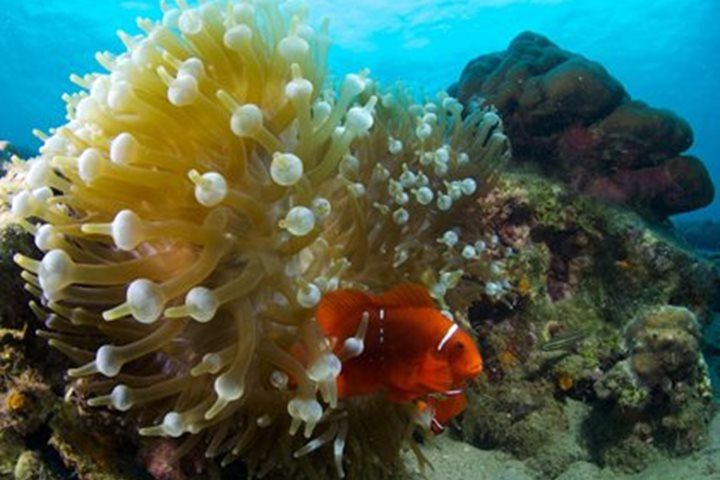The beautiful sounds from a flute band greeted our ears as we made our way alongside Port Cruz Wharf in Honiara (Figure A). It was to be a very busy day with lots on offer including World War II tours and various village tours. Sadly some of us where disembarking the ship to join onward flights home.
Historically Honiara has a somewhat somber past with various wars that have heavily impacted on its people and its landscape. The Guadalcanal Campaign in 1942 between the United States and the Japanese brought fierce battles to the shores of Guadalcanal. Most of these battles took place at Henderson airfield which is now home to the Honiara International Airport. Those flying home today reflected on the airports peaceful surrounds that now hide the airstrip’s murky past.
The World War II theme was increasingly evident today with some of us visiting the American War memorial at Skyline Ridge. The memorial sits high, proudly overlooking the now peaceful city of Honiara. For many of us it was a time to reflect on the many men and women who lost their lives fighting for the freedom we now often take for granted.
Most of us today have distant family members who have fought or being involved in war. My grandfather fought in the wild and inhospitable jungles of Papua New Guinea on the infamous Kokoda Track in 1942. From those terrible stories he bought back I sincerely hope future generations will never have to repeat. The rugged landscape and extreme conditions that these solders where thrown into at such a young age defies belief. To be able to visit many of these destinations now under a more peaceful environment is a very special opportunity. May we never forget what those solders sacrificed for us to enjoy today.
This afternoon the National Geographic Orion cruised into Rodrick Bay to see traditional life in the Solomon Islands. Dolphins, flying fish, and fisherman in dugout canoes provided great subjects for photography along the way (Figure B).







